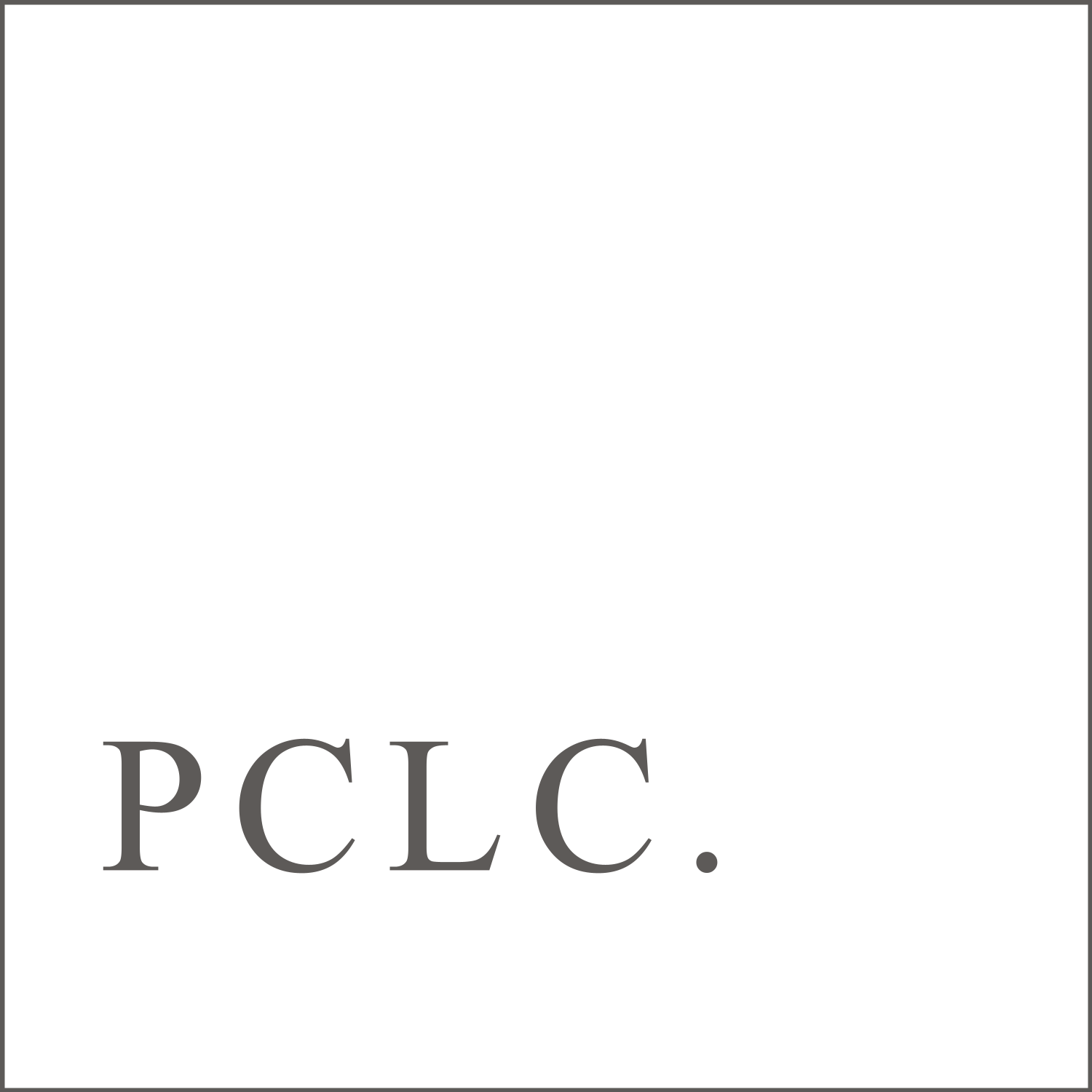A world in flux: navigating the complex geopolitical landscape of mid 2025.
Our thoughts. | Geopolitical outlook. | July 1, 2025. | Written by Sebastiaan D. Smit, Esq.
As of mid-2025, the global geopolitical landscape is characterized by an escalating sense of multipolarity, persistent regional conflicts, and significant economic realignments. The traditional unipolar order, largely defined by US dominance, continues to give way to a more fragmented and competitive international system, where various powers assert their influence.
Persistent conflicts and hotspots.
The Russia-Ukraine War remains a central and devastating conflict in Europe, with Russia continuing major air attacks amidst stalled negotiations. The ongoing fighting has profound implications for European security, energy markets, and global food supply chains.
In the Middle East, the Israel-Iran conflict has escalated, casting a long shadow over regional stability. While a fragile ceasefire may be in place in the immediate term, recent US intelligence suggests strikes on Iranian nuclear sites did not destroy them, indicating the potential for renewed tensions. The broader Israeli-Palestinian conflict also continues to generate violence and humanitarian crises, with spillover effects across the region. The civil war in Yemen, too, remains a severe humanitarian disaster.
Elsewhere, the Myanmar civil war continues to rage, leading to widespread displacement and human rights abuses. Tensions between India and Pakistan persist over Kashmir, with recent military confrontations highlighting the unresolved nature of their disputes. In Africa, numerous non-international armed conflicts plague regions like the Sahel, the Democratic Republic of Congo, and Sudan, fueled by a complex mix of internal grievances, external interventions, and the rise of extremist groups. Haiti is also grappling with severe gang violence and political instability.
Economic realignments and trade tensions.
The geopolitical shifts are having a tangible impact on the global economy. Trade protectionism and geoeconomic fragmentation are on the rise, driven by national security concerns and a desire for supply chain resilience. The US-China trade tensions, for instance, have led to a redirection of trade and investment flows, with “connector” countries like Mexico and Vietnam seeing increased activity as supply chains are re-routed.
The US dollar has experienced a significant decline against major currencies since spring 2024, influenced by a combination of the Federal Reserve’s monetary policy adjustments and increased uncertainty stemming from US trade and geopolitical stances. This de-dollarization trend, particularly among BRICS countries, signals a move towards diversifying global financial systems, though no credible alternative is yet poised to dethrone the dollar as the international monetary anchor.
The rise of multipolarity and strategic competition.
The overarching trend is the strengthening of a multipolar world. China continues to expand its influence, particularly through initiatives like the Belt and Road, even as it grapples with improving its soft power and managing ongoing maritime disputes in the South China Sea. The competition for technological leadership, particularly in Artificial Intelligence, is a key aspect of US-China strategic rivalry.
Regional powers are also increasingly assertive, pursuing “multi-alignment strategies” to safeguard their interests in a more complex global order. This often involves balancing relationships with major powers while pursuing independent economic and security agendas.
In conclusion, mid-2025 presents a geopolitical landscape defined by a dynamic interplay of ongoing conflicts, economic shifts towards fragmentation, and the undeniable emergence of a multipolar world order. Navigating these complexities will require deft diplomacy, a willingness to adapt to shifting alliances, and a recognition that global challenges increasingly demand multifaceted, rather than unilateral, solutions.
